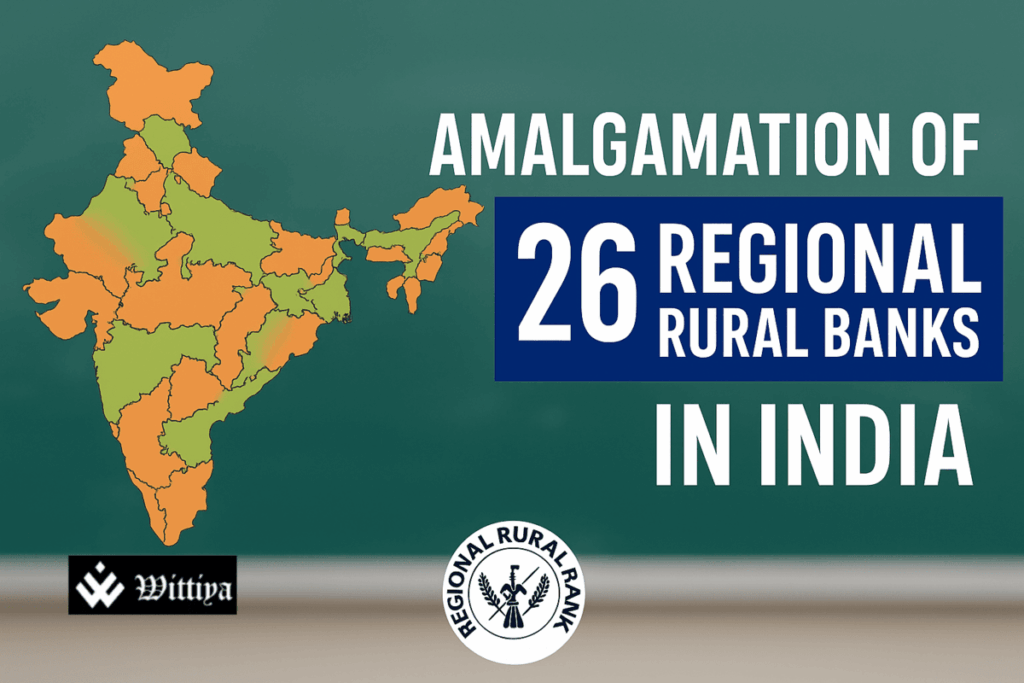The amalgamation of 26 Regional Rural Banks across 11 states and Union Territories in India is now effective, marking a significant milestone in improving governance and financial inclusion.
The amalgamation of 26 Regional Rural Banks (RRBs) across 11 states and Union Territories (UTs) in India officially took effect today. This move is seen as a major step toward strengthening RRBs, enhancing governance, improving credit flow, and promoting financial inclusion across rural areas. The Department of Financial Services (DFS), in a post on X (formerly Twitter), stated that this will play a vital role in the continued growth and development of India’s rural economy.
The amalgamation is part of a broader initiative to consolidate the RRB sector under the principles of ‘One State One RRB.’ This was the fourth phase of such consolidations, with previous phases having already significantly reduced the number of RRBs over the years. The Ministry of Finance had rolled out the amalgamation plan for consultation in November 2024, with a focus on improving scale efficiency and cost rationalization.
The Path to Amalgamation
The process began with the notification by DFS on April 8, 2025, which set the groundwork for the merger of these banks. With the latest amalgamation, there will now be 28 RRBs operating in 26 states and 2 UTs, covering over 700 districts with more than 22,000 branches. Remarkably, about 92% of the branches will be located in rural or semi-urban areas, reinforcing the role of RRBs in rural development.
Historical Background of RRBs
The RRBs, originally established in 1975, have played a crucial role in the development of rural economies by providing credit and other facilities for agriculture, trade, commerce, and industry. Their primary focus has been on supporting small and marginal farmers, agricultural laborers, artisans, and small entrepreneurs.
The government’s efforts to streamline the RRB sector began in phases:
- Phase I (FY 2006 – FY 2010): Reduced the number of RRBs from 196 to 82
- Phase II (FY 2013 – FY 2015): Further reduced the number from 82 to 56
- Phase III (FY 2019 – FY 2021): Reduced the number to 43
Implications for the Rural Economy
The current phase of consolidation is expected to strengthen RRBs by improving their efficiency, governance, and financial stability, especially in rural regions. With this step, the DFS aims to foster better financial inclusion, ensuring greater access to banking and credit for rural communities.
The amalgamation of RRBs is a part of the government’s continuous efforts to modernize the Indian banking sector and address the unique challenges faced by rural economies.
